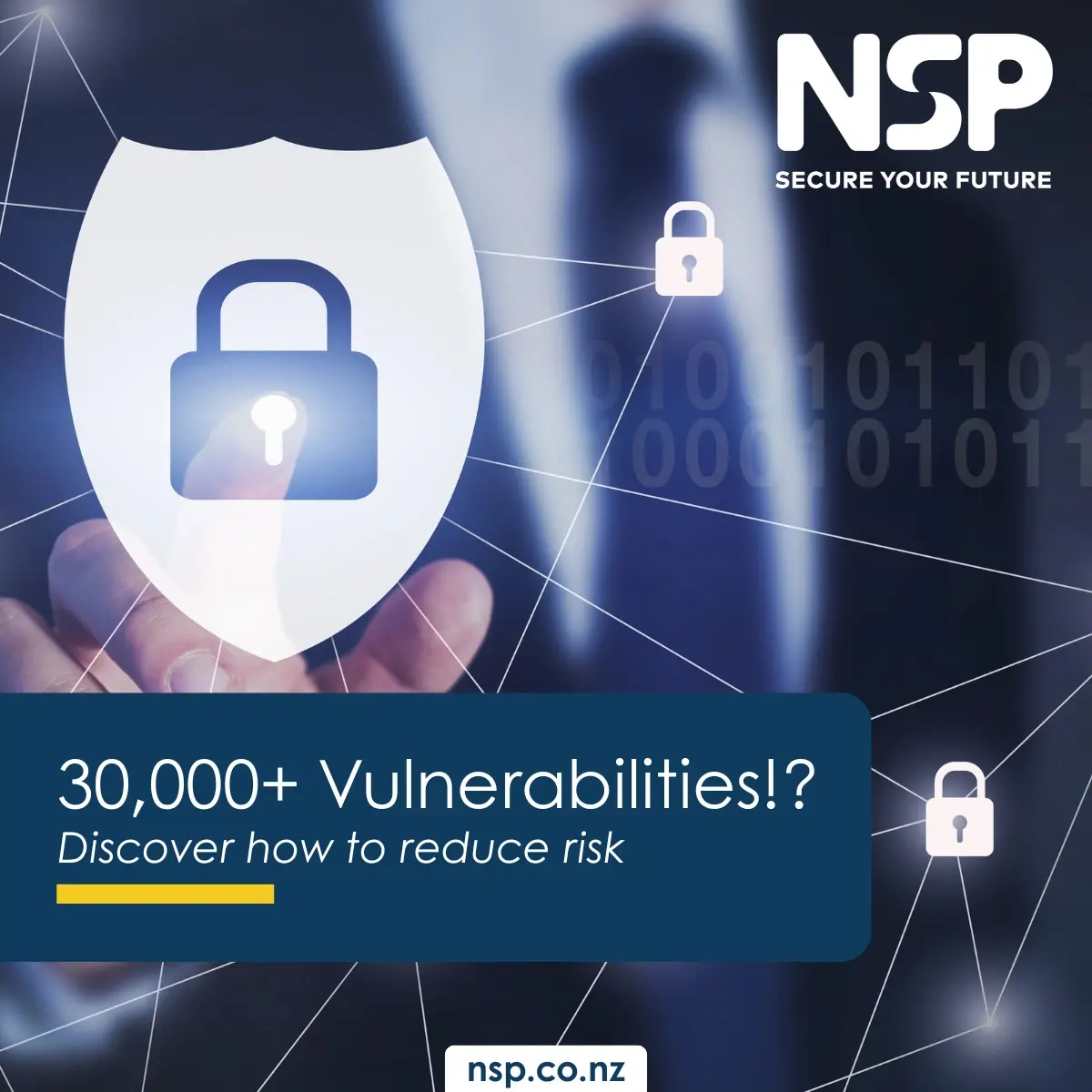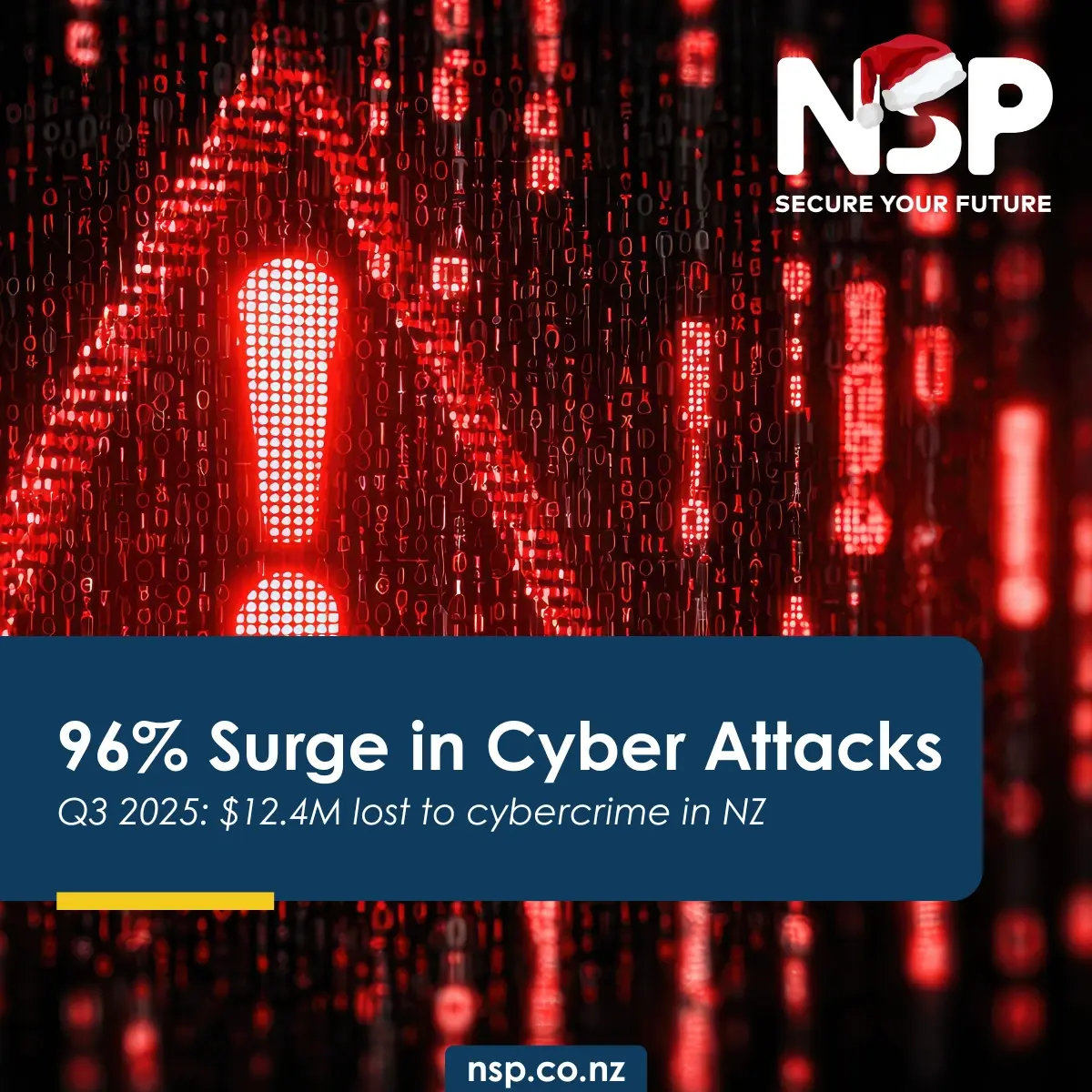
Shreya Patil
16 August 2024
5 min
Read
Cyberattacks are increasingly becoming more sophisticated, frequent, and fast-moving. According to Verizon, nearly 90% of successful cyberattacks and up to 70% of data breaches originate at the endpoint. Additionally, another report reveals that most ransomware attacks are deployed within just 24 hours of initial access. As these threats escalate, organisations are turning to advanced cybersecurity solutions that offer real-time threat detection and response capabilities.
Among these, three technologies have gained widespread adoption: Endpoint Detection and Response (EDR), Managed Detection and Response (MDR), and Extended Detection and Response (XDR). Here's an exploration of these technologies and why they are crucial in today's cybersecurity landscape.
Traditional endpoint security solutions like antivirus software rely on known threat signatures to detect malicious activities. However, modern malware is often polymorphic, altering its signature to evade detection. This is where EDR steps in. Unlike signature-based methods, EDR uses a behavior-based approach, monitoring and analysing endpoint activities in real-time. It leverages AI and machine learning to identify and respond to anomalous behaviors, effectively detecting and mitigating zero-day and polymorphic threats.
EDR solutions offer continuous monitoring, data analysis, and threat-hunting capabilities, enabling organisations to detect suspicious activities, stop compromised processes, and isolate infected endpoints. This proactive approach not only improves security but also provides valuable forensic information to investigate incidents, making EDR a cornerstone of modern cybersecurity strategies.
MDR is not just a technology but a fully managed service that provides threat detection and response capabilities. Running an in-house Security Operations Center (SOC) can be costly and resource-intensive, which is why many organisations opt for MDR services. These services offer continuous monitoring, threat hunting, and incident response, managed by an experienced external provider.
For small to medium-sized businesses (SMBs) that lack the resources to build and maintain a full-fledged cybersecurity team, MDR offers enterprise-grade protection without the overhead. The primary benefit of MDR is its ability to rapidly identify and mitigate threats, helping organisations manage the growing cybersecurity skills gap and ensure robust protection.
While EDR focuses on endpoints, XDR extends its capabilities across the entire IT environment. XDR integrates data from multiple sources, including endpoints, networks, cloud services, and email systems, providing a unified view of security threats. This cross-platform approach enhances visibility, streamlines threat detection, and accelerates response times.
XDR is particularly beneficial for organisations with complex IT environments or those that face advanced persistent threats. By correlating data from diverse security domains, XDR improves threat detection accuracy and reduces alert fatigue, enabling security teams to focus on critical issues. The centralised console provided by XDR platforms allows for more efficient management of security operations, ultimately improving the organisation’s overall security posture.
Choosing the right cybersecurity solution depends on your organisation’s specific needs and risk profile:
Choose EDR if you’re looking to enhance endpoint security, have a capable InfoSec team to act on alerts, and are in the early stages of building a comprehensive cybersecurity strategy.
Choose MDR if your organisation lacks a mature detection and response program, needs to bridge cybersecurity skills gaps, or wants to leverage external expertise for continuous protection.
Choose XDR if you want to improve advanced threat detection, streamline multi-domain threat analysis, and reduce alert fatigue while maximising ROI across your security tools.
In summary, as cyber threats continue to evolve, adopting robust detection and response capabilities like EDR, MDR, and XDR is essential for safeguarding your organisation. Each solution offers unique benefits tailored to different needs, ensuring that your cybersecurity strategy remains resilient in the face of ever-changing threats.
Enter your details below to stay up-to-date with the latest IT solutions and security measures.



